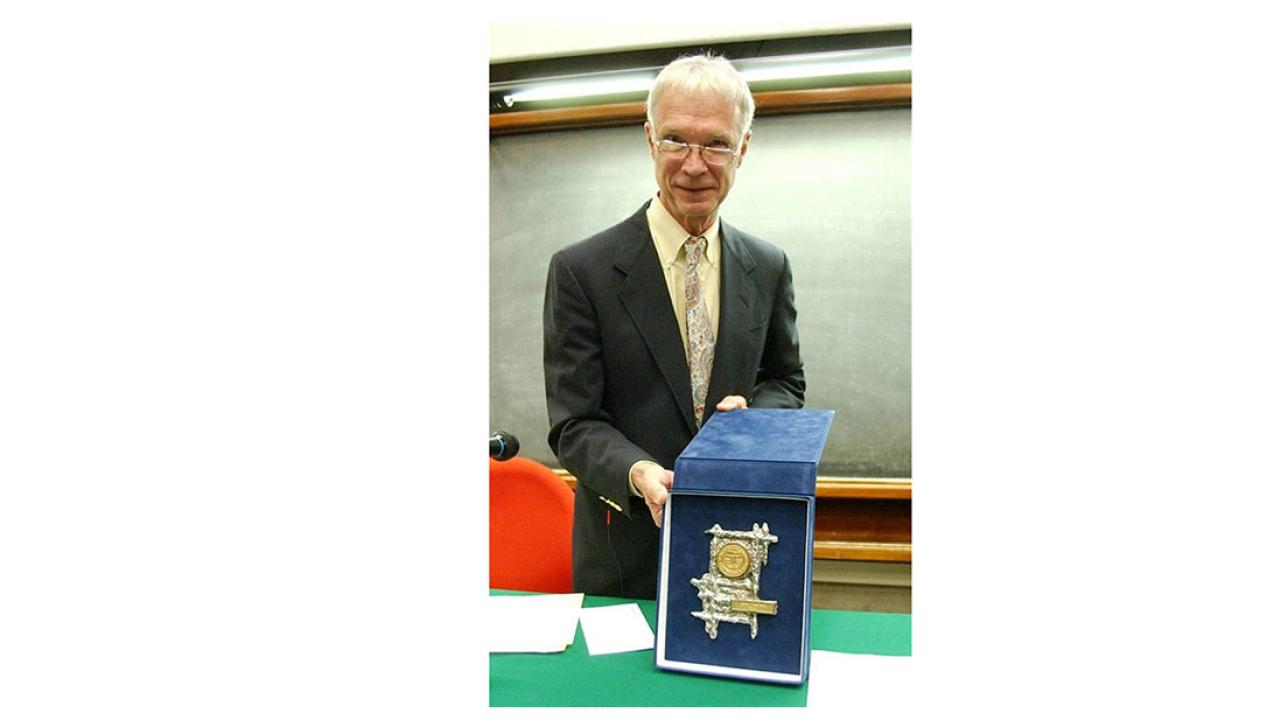
ICTP congratulates John J. Hopfield, the 2024 Physics Nobel laureate, whose important contributions in an impressively broad spectra of scientific subjects earned him ICTP's Dirac Medal in 2001.
Hopfield's Nobel Prize, shared with Geoffrey E. Hinton, cites “foundational discoveries and inventions that enable machine learning with artificial neural networks”. The two used tools from physics to construct methods that helped lay the foundation for today’s powerful machine learning. Hopfield created a structure that can store and reconstruct information; Hinton invented a method that can independently discover properties in data and which has become important for the large artificial neural networks now in use.
In the citation for his 2001 Dirac Medal, Hopfield was described as having "a special and rare gift... to cross the inter-disciplinary boundary to discover new questions and propose answers that uncover the conceptual structure behind the experimental facts". From his early research on LEDs, which was recognised with the Buckley Prize, Hopfield turned to biology, proposing the principle ("proof-reading") by which the replication mechanism manages to achieve accuracy far beyond the possible in equilibrium processes. The famous Hopfield model of neural processing demonstrated by construction how qualitatively different computation in a computer and in the brain could be. Hopfield also found an entirely different organising principle in olfaction and demonstrated a new principle in which neural function can take advantage of the temporal structure of the "spiking" inter-neural communication.
















